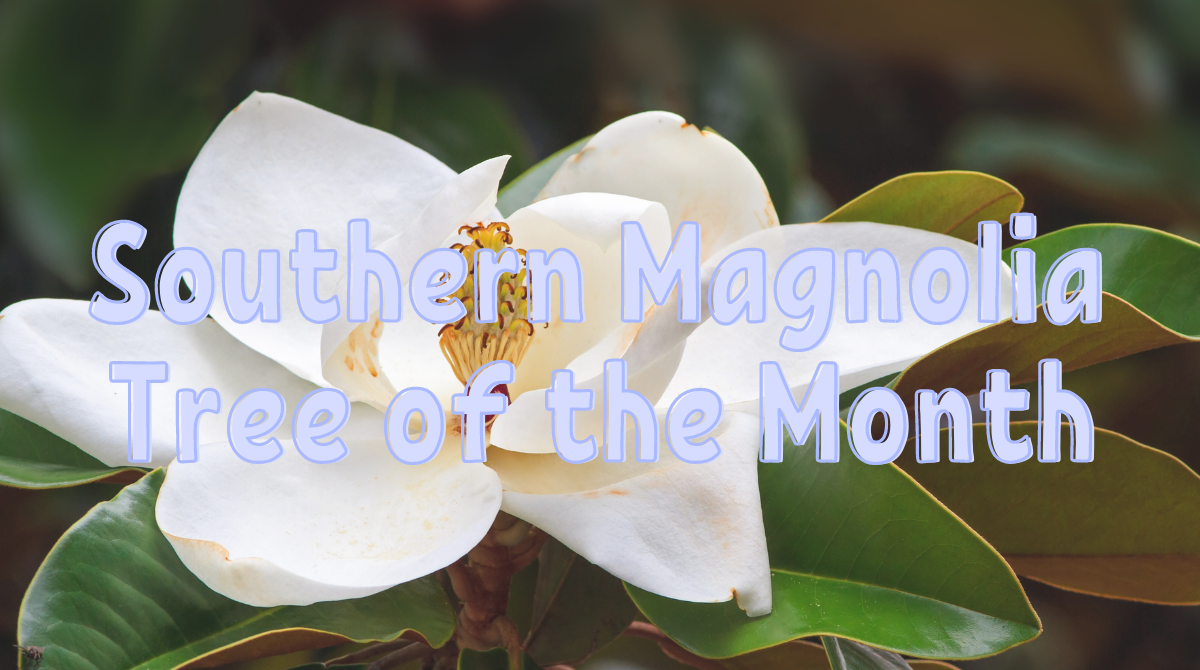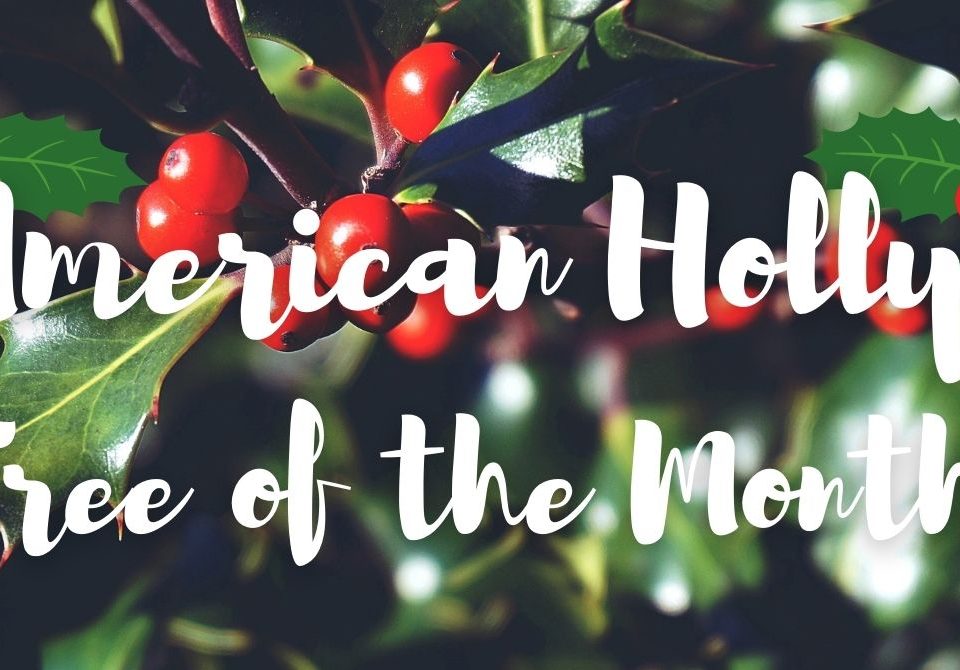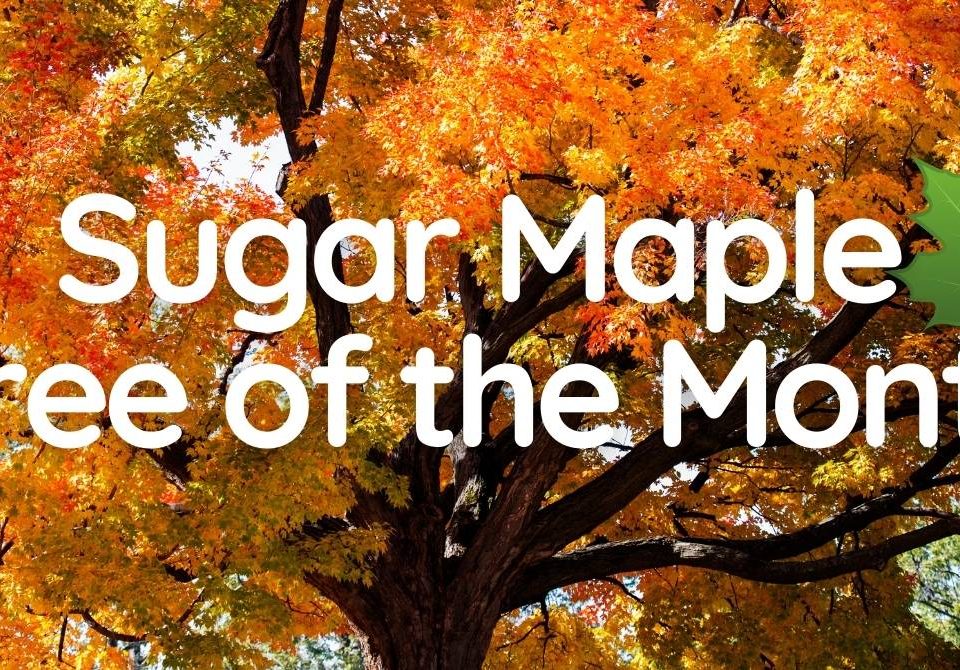Tree of August 2021: Southern Magnolia

Planting Privacy Trees
7.21.21
Life in Tree Death
8.09.21
For the last month of summer, we have chosen the Southern Magnolia as our August tree of the month. As its name suggests, the Southern Magnolia is a true staple of southern culture. They are most famous for their elegant, cream flowers and sweet scent. Despite being an evergreen, their leaves are broad and have a shiny, smooth green top and a rough, brown bottom. This waxy leaf surface is called a “cuticle” and it allows the Southern Magnolia to retain water.
Size at maturity:
- Height: 60-80 feet
- Crown spread: 40 feet

Shape:
- The Southern Magnolia is typically tall and round.
Flower:
- Their flowers are cup shaped with six thick white pedals and a light yellow center. Their flowers blossom from May-June, but can last throughout the summer. Some flowers can reach up to 12 inches in diameter.
Fruit:
- When ripe, the Southern Magnolia’s fruit appears as a small red circle that comes out of follicles. When premature, they appear in a brown, cone-like shape.
Sun:
- Full sun or partial shade.
Soil:
- Southern Magnolias like slightly acidic, well-drained soil. While they are very moisture-tolerant, they cannot withstand standing water for extended periods of time.
Natural Range:
- Southern Magnolias can be found in the southeastern US, ranging from Virginia to Florida. They reach as far west as eastern Texas.
Use:
- Southern Magnolias are commonly used as a large, ornamental tree. It is one of the few trees that is large enough to provide shade, has showy flowers, and retains its leaves in winter.
Wildlife benefits:
- These trees provide temporary shelter for migrating birds and long term placement for songbirds. A variety of wildlife, such as songbirds, squirrels, and raccoons, eats the fruit from magnolias.
Fun fact:
- In 1828, President Andrew Jackson transplanted a Southern Magnolia from his home state of Tennessee and planted it on White House grounds in honor of his late wife and his southern heritage. It remained there for nearly 200 years before being removed in 2017.



